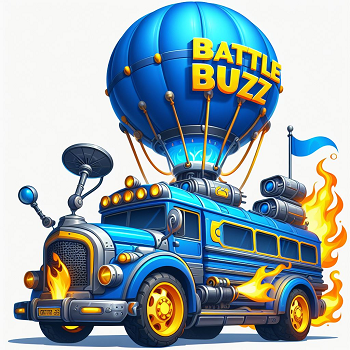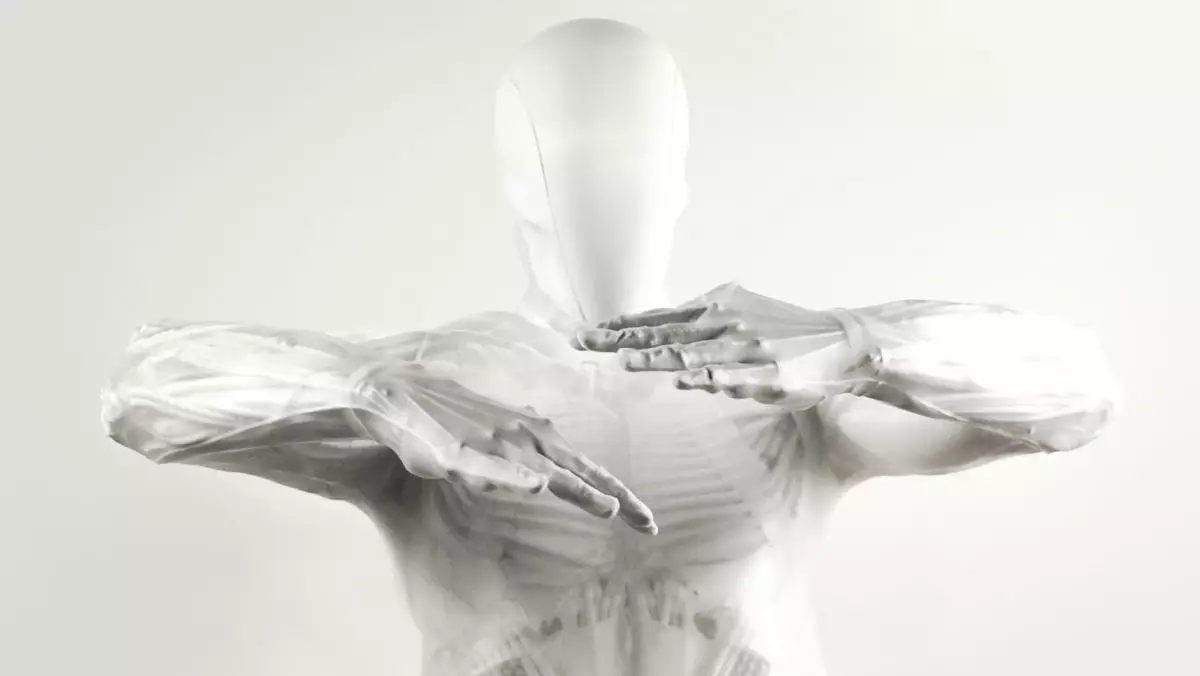In the ever-evolving landscape of robotics and artificial intelligence, certain innovations provoke not just curiosity but fear. A recent creation, the Protoclone: Bipedal Musculoskeletal Android V1, exemplifies this unsettling intersection of fascination and dread. Despite the technical marvel it presents, many find themselves asking: should we really be exploring the depths of this haunting creation? As creators like Clone continue to push the boundaries of design and purpose, the socio-ethical implications of such inventions become increasingly critical.
At first glance, the Protoclone catches attention not for its utility but for its starkly human-like form devoid of facial features. It twists and struggles against the cables that suspend it, leading viewers to grapple with a conflicting blend of horror and intrigue. This android embodies the epitome of the uncanny valley—a term that describes how humanoid objects that look and act almost, but not quite, like real humans can provoke unease in observers. The grotesque sight of this pale, lifeless figure wriggling in confusion or perceived desperation raises questions about our pursuit of human-like robotics. It beckons to us, not only with its strange allure but also with the unsettling reminder of what it fundamentally lacks: humanity.
The engineering behind the Protoclone is undeniably innovative. Designed with a “musculoskeletal” framework that mimics the human anatomy, it features an artificial muscle technology known as Myofiber. This technology allows it to move in ways previously thought to be achievable only through mechanical systems. However, the implications of such advancements can be alarming. Could we be on the brink of creating beings that share the physicality of humans yet lack consciousness and emotion? The disconnect between appearance and essence is fraught with philosophical and ethical dilemmas.
Moreover, the presence of “depth cameras” in the android’s skull—designed to provide vision—further complicates matters. Vision, when paired with movement facilitated by a pseudo-vascular system, hints at a degree of autonomy. This raises ethical questions about the responsibilities of creators and the desensitization of society towards robotics that may one day mirror human capabilities but lack human rights.
One of the proposed strengths of the Protoclone is its potential safety profile due to its softer materials compared to traditional metal robots. This ostensibly makes it less hazardous in a domestic environment, particularly around vulnerable populations such as children or pets. Yet, the idea of an erratic android falling onto unsuspecting victims poses its own unique risks. Anecdotes of children being harmed by falling objects remind us that, while the intention may be to mitigate danger, the unpredictability of an unstable android flailing about can create an entirely new set of hazards in our homes.
Furthermore, a laundry list of anticipated skills—from navigating around household clutter to engaging in dialogue—establishes unrealistic expectations. Viewers find skepticism rising in response to bold claims of domestic utility. Instead of seamless interactions and efficient household management, it is easier to predict chaos—an android that spills drinks, struggles to perform mundane tasks, and fails to assist with basic chores is a more likely outcome than the cartoonish characterization of a perfect butler.
As the world advances towards a future dominated by artificial intelligence and robotics, it is vital to reflect on the societal implications inherent in creations like the Protoclone. The line between human and machine continues to blur, as do contextual interpretations of sentience, empathy, and responsibility. Each new robotics project demands rigorous scrutiny, not only for its capabilities but for its ethical standing in our rapidly transforming world.
In an age dictated by technological prowess, perhaps the most significant challenge we face is striking a balance. Are we prepared for the consequences when our insatiable curiosity leads us to create entities that mimic life yet exist outside the boundaries of moral consideration? As we find ourselves drawn to the depths of this pale anatomic marvel, it may be prudent to take a step back—to recognize that the thrill of innovation often comes hand-in-hand with existential unease.
While the development of androids like the Protoclone sparks imagination and excitement, it is imperative to navigate such advancements with a cautious approach, grounded in ethical foresight. After all, progress should not lead to a future marred by disquieting creations roaming our homes. The question remains: are we truly ready to embrace what we create?


Leave a Reply